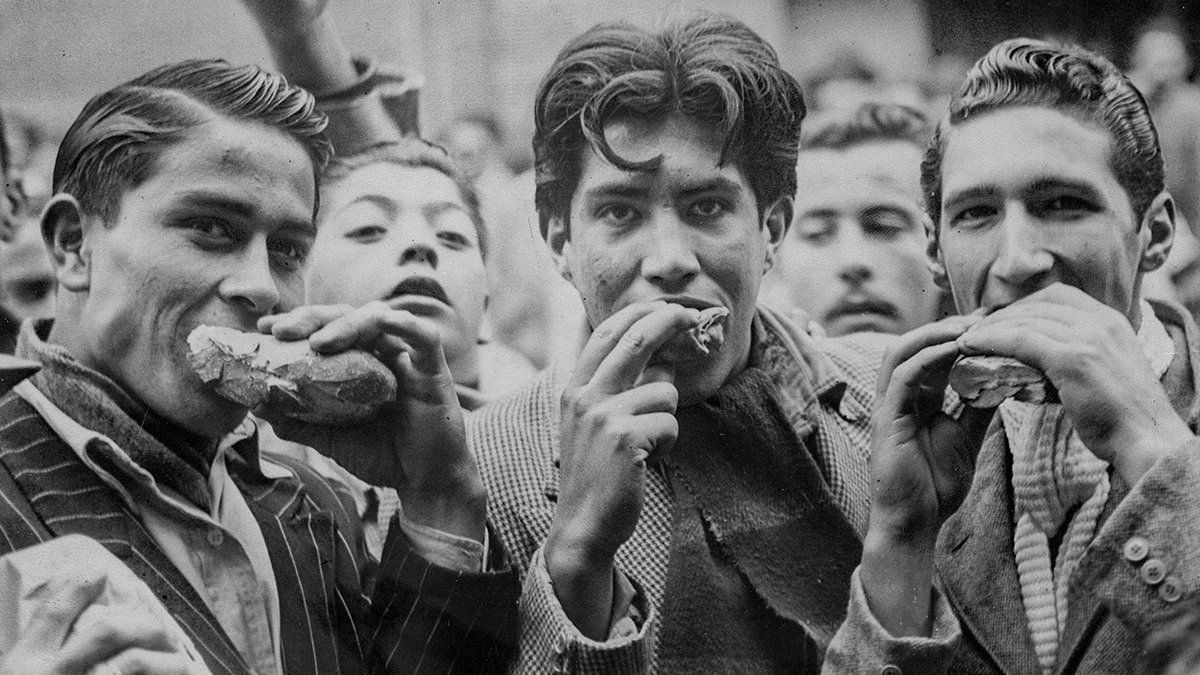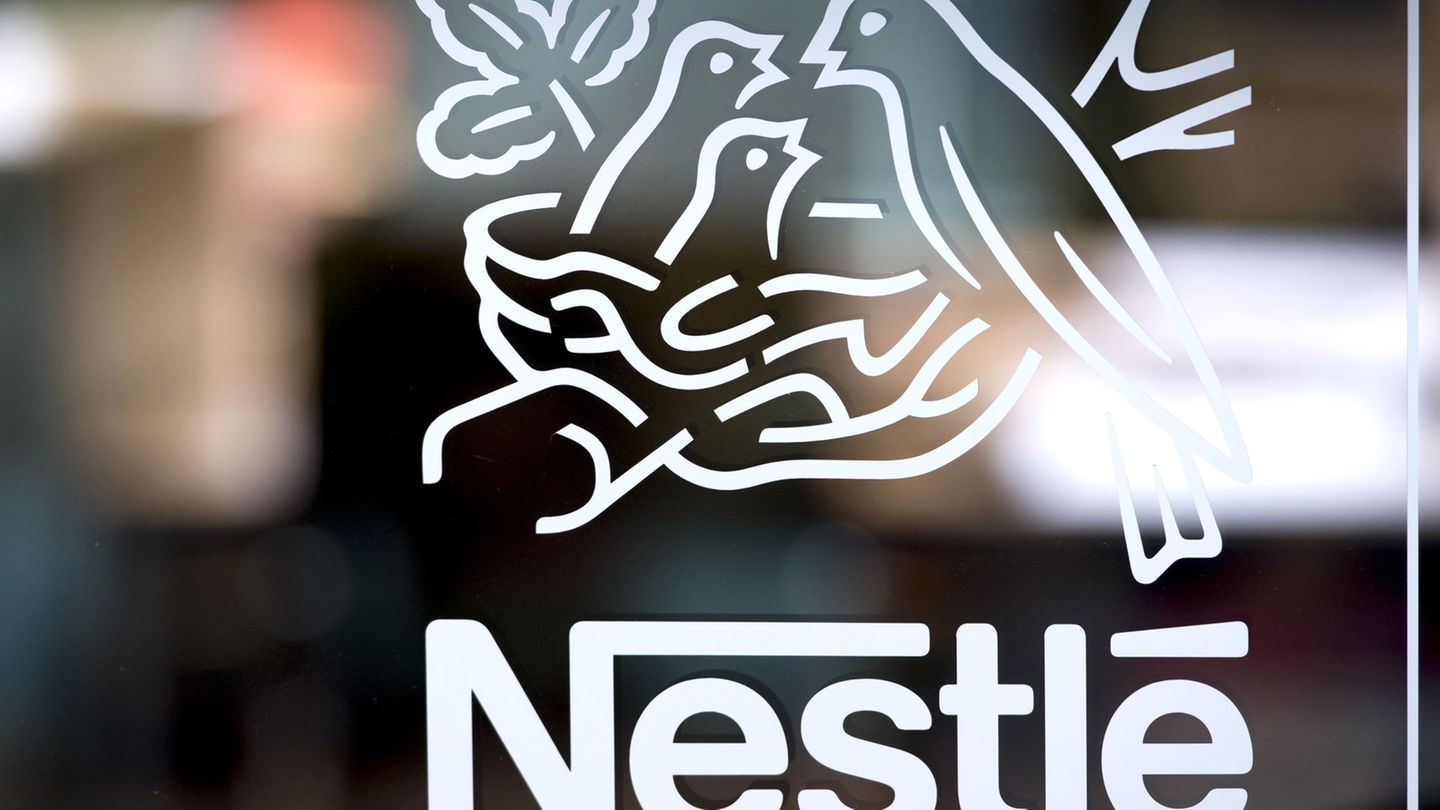Thus, the copies of the photographic material exhibited – mostly in black and white and without epigraphs – are dated between the 1930s and 1960s, and are part of the collection of the General Archive of the Nation (AGN) who worked in an articulated way with the CCK in this new thematic exhibition that they launch together.
In the exhibition, which will run until March, these vintage photographs coexist with works by contemporary artists who worked on this subject, such as GAbriel Baggio, Fabiana Barreda, Raúl Flores, Mariela Paz Izurieta and Matías Sarlo, forming a kind of device that returns to historical moments and refounds them in the present.
“The table will always display a flower arrangement” also reinstates and pays homage to the famous Mrs. Petrona, a pedagogue of local culinary culture, aimed at housewives, citing one of the many recommendations from the famous cookbook, the curator of the room and the exhibition told the Télam agency, Francisco Medail.
“What place do we give to food in our daily lives? Are we really aware of what we eat? What relational forms do we establish with that world that we inhabit and that we use to exist?” Are some of the questions that trigger The exhibition.
“The exhibition is made up of five nuclei. Each one has to do with the different stages of food production, what food implies”, explained the curator, who until April of this year was artistic director of the BAphoto fair.
In itself, the sample “thinks about the food landscape from different stages” such as the production, distribution, preparation, consumption, and disposal of food, which analyzes “production models, culinary traditions, consumption habits and the environmental impact of the food industries “.
For each of the segments, they invited an artist to function as “a crossroads” and enhance “each of these stages with a contemporary work,” he said.
Thus, the guests were Matías Sarlo with “I carry you in the blood” (2021), about agricultural spraying for the production stage; Fernanda Barreda with “Capsule meat, project habitat, recyclables” (2000), focused on distribution in counterpoint with a large photo of gondolas with products; or Gabriel Baggio, focused on the preparation with his video “Sopa” (2002); Mariela Paz Izurieta with her approach to consumption in “Body to Earth” (2018-2021) and Raúl Flores, with a work that works on the last stage of the process, that of waste.
“They are artists who mostly work with photography and video, in Baggio’s case it is the recording of a performance, and in a different way they are related to food and these approaches. From then on it was the idea of adding them together”, Medail specified.
During the double inauguration – that of the exhibition and that of the room -, held last night, the head of the General Archive of the Nation, Pablo Fontdevila, and the Undersecretary of Management of Spaces and Special Projects of the Ministry of Culture Martín Bonavetti, were present, together with the artists participating in the show.
Bonavetti highlighted the dialogue between the institutions that materializes with this type of event and leads to the construction of public policy, and on the other hand, he considered the subject of the documentary exhibition as central, “a reflection of a contemporary dialogue in our society “and in force in debates that are not always visible, such as the one that gave rise to the Front Labeling Law or the still pending Packaging Law.
“We do not necessarily find a simultaneity of a sample in such a close political time. This is something important because it speaks of the capillarity of a cultural center in relation to the issues that are being discussed, the possibility of accompanying those debates and the possibility of that samples of these characteristics provide a depth that sometimes in informative terms is not reached to account for this type of issues and needs, “he said.
For his part, Fontdevila referred to the importance of opening the permanent room at the CCK “for the AGN to be present in cultural proposals” in a center of this relevance as a significant act for the body he directs, because as he specified, “we take care of taking care of history, memory and the rights conquered by the Argentine people.”
The Archives area arose as an initiative of the CCK and the Undersecretariat in charge of Bonavetti with the aim of “valuing public archives from a cultural reading, from a crossroads with contemporary art”, and with this idea an agreement was signed with the AGN at the beginning of the year, indicated the artist and manager.
“From then on, it was decided to create a specific room for exhibitions linked to archives, where the AGN is our main partner, although the idea is to extend ourselves to other organizations, other institutions linked to photographic documentary collections,” explained Medail.
On the other hand, he affirmed that with “the creation of the room it was decided that the curatorial line is crossed by problems of the public agenda, that is, to think about exhibitions that dialogue with current problems and themes and dispute certain meanings in relation to that”. And he added, “from that idea arose the exhibition that we are presenting, linked to eating practices, to think about food and everything that surrounds that universe.”
With the aim of making the visiting public reflect “on food and eating practices”, the exhibition seeks with these topics on the public agenda “to expand the audiences of the Cultural Center and dispute those meanings that are currently under discussion,” he concluded .
The latter reaffirms the idea of the Archives area that is proposed as a space for reflection on documentary heritage and its capacity for assembling in the present time. In other words, a tracing of links “between public archives and artistic practices”.
The first activity carried out that marked the beginning of the Archives area was “Order and Provenance” (or the possible ways of putting time in a box), which was an installation tour carried out in the old headquarters of the AGN avenue Alem in October of this year, in parallel to a move of the organization to a new building and as part of the celebrations for the 200 years of that institution.
The exhibition can be visited starting today, from Wednesday to Sunday from 2 to 8 pm in room 512 (fifth floor) of the Kirchner Cultural Center, Sarmiento 151 (CABA), with free and free admission, without prior reservation.
Source From: Ambito
David William is a talented author who has made a name for himself in the world of writing. He is a professional author who writes on a wide range of topics, from general interest to opinion news. David is currently working as a writer at 24 hours worlds where he brings his unique perspective and in-depth research to his articles, making them both informative and engaging.




